How Movement Impacts Buying: The Motion Effect in Beauty Ads
Discover why motion design for beauty brands outperforms static visuals. Learn how moving ads vs static content drives engagement, memory, and conversion.
16 Jul'25
By Niharika Paswan

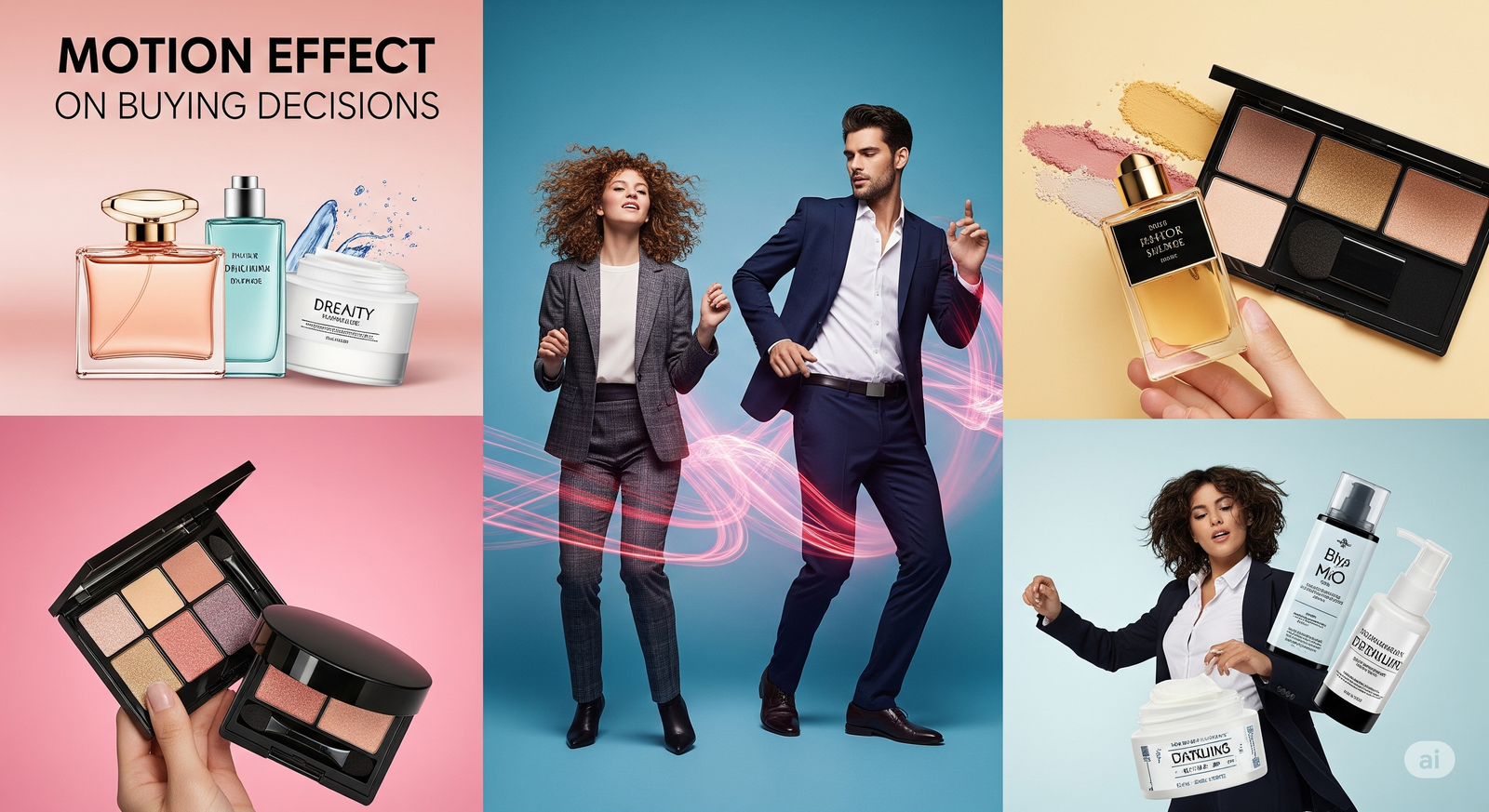
How Movement Impacts Buying: The Motion Effect in Beauty Ads
Scroll. Pause. Click.
This is the chain every brand wants to trigger but most don’t realize what actually causes it. It’s not always a product’s color or the caption’s cleverness. More often than not, it’s motion.
In a world of static overload, movement acts as interruption. It pulls the eye, demands attention, and holds it just long enough to shift a maybe into a yes.
For beauty brands, where subtlety, sensoriality, and aesthetic detail matter, motion isn’t just a design choice, it’s a conversion tool. Whether it's a serum drop rolling down glass, a slow swirl of texture, or a mist bottle twisting mid-air, motion communicates intent, mood, and value in seconds.
This article breaks down the psychology of movement, the science of why moving ads outperform static ones, and how to apply motion design for beauty brands in a way that drives real results.
The Brain Reacts Faster to Movement Than to Meaning
The human brain evolved to detect motion before form, text, or meaning. It’s part survival, part reflex.
A 2022 study from MIT’s Department of Brain and Cognitive Sciences found that motion is processed 20-30 milliseconds faster than any other visual cue. That might not sound like much, until you realize most social users give your ad less than 1.5 seconds of attention.
Movement doesn’t just grab attention. It prioritizes your content in the brain. In feed-based environments like Instagram or YouTube Shorts, that edge can mean the difference between a scroll and a stop.
In short, when it comes to beauty ads, motion isn’t just decoration it’s detection.
Why Static Fails in the Scroll Economy
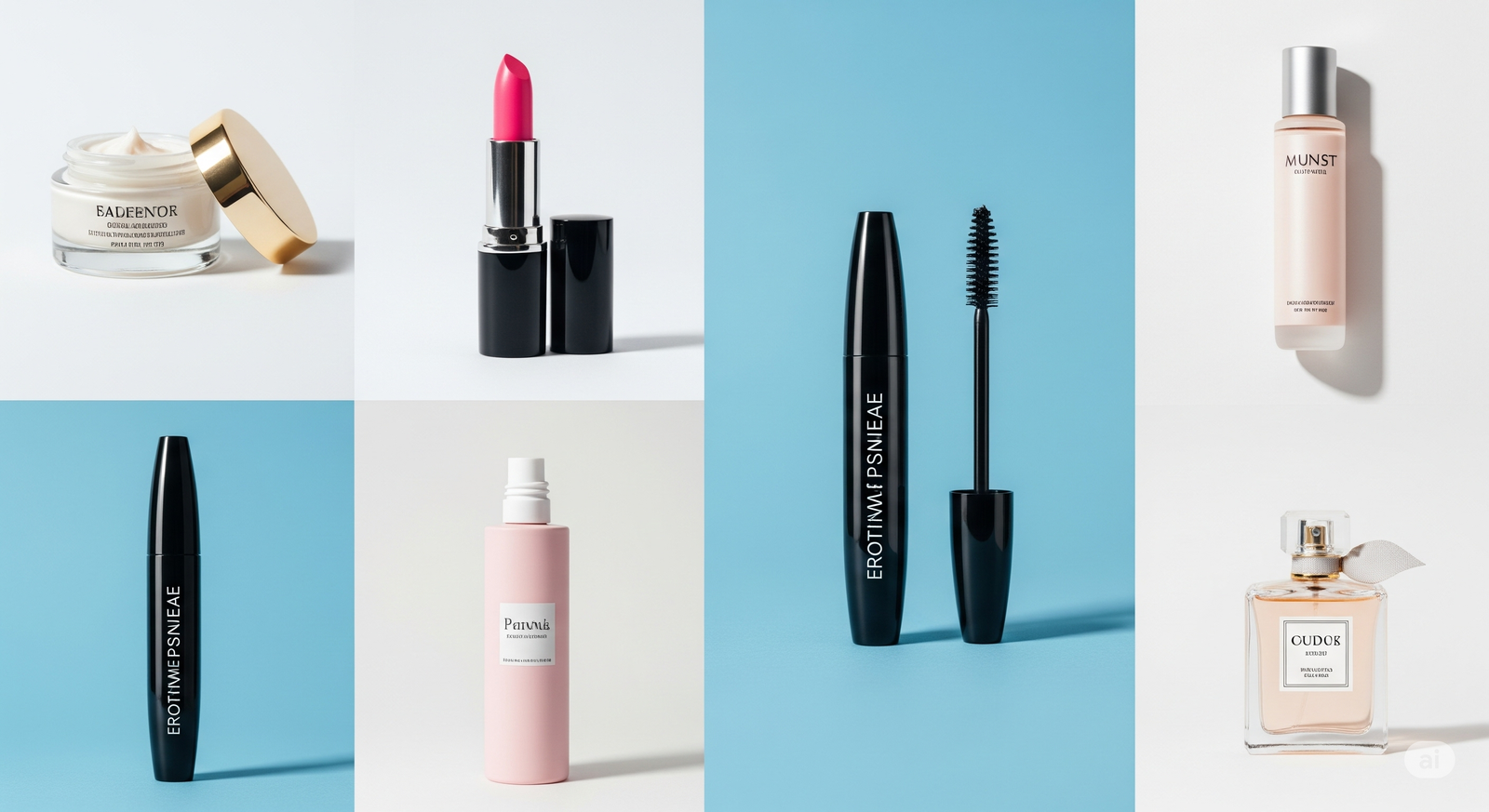
Let’s be clear, static imagery isn’t dead. But in an increasingly kinetic digital space, static content fights an uphill battle.
Here’s why static often underperforms:
- It’s easier to overlook in busy feeds.
- It doesn’t imply interaction or sensory experience.
- It often requires supporting copy to convey full meaning.
- It can feel lifeless if not styled to perfection.
Even if the photo is beautifully shot, it has to work harder to explain itself. Motion, on the other hand, does the explaining for you through light shifts, product behavior, and emotional tone.
For beauty brands especially, where texture, scent, glide, or feel can’t be physically experienced, motion offers a bridge between screen and skin.
Micro-Motion, Macro Impact
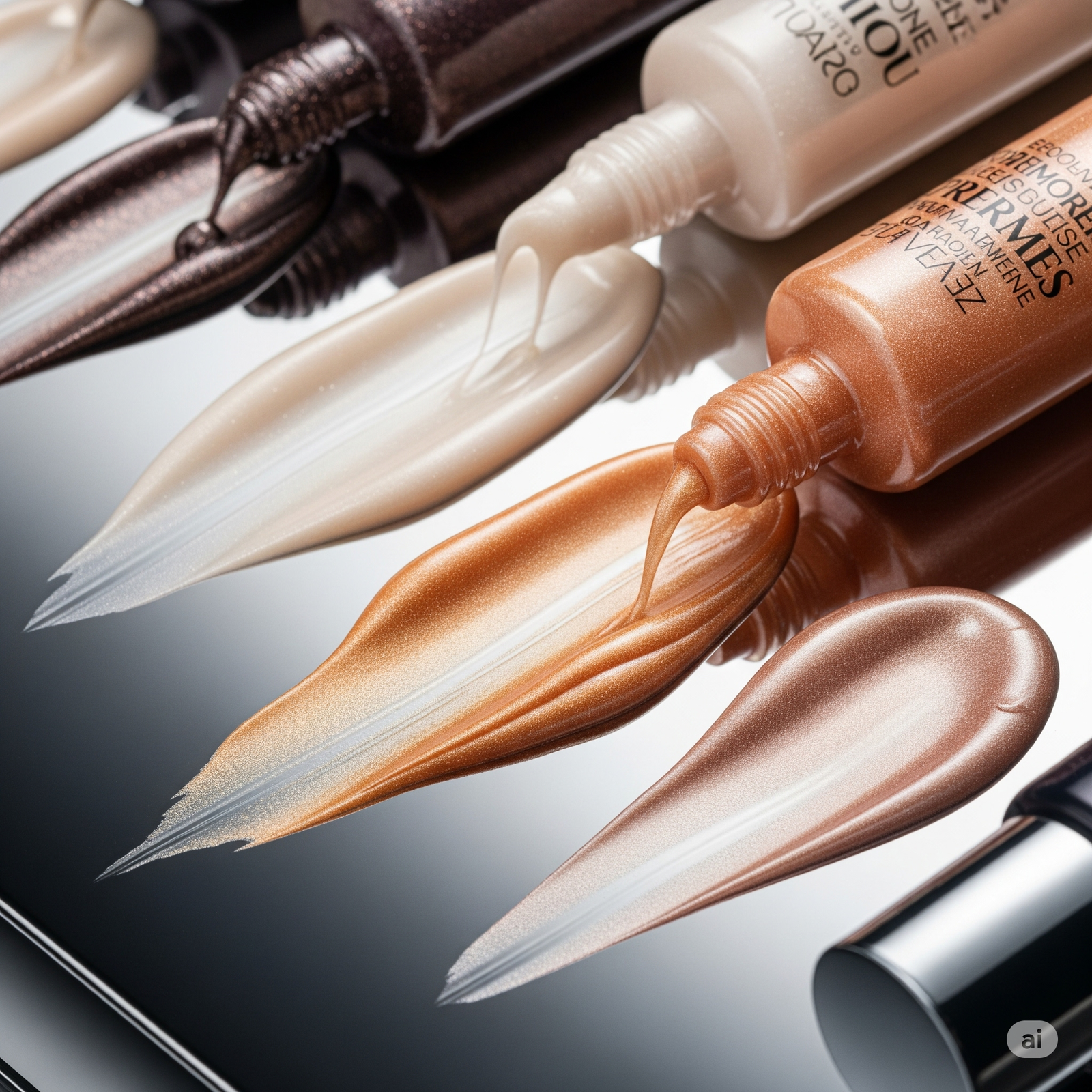
Not all motion has to be cinematic. In fact, micro-movements often perform better on social media, especially for skincare or cosmetic brands.
Think:
- A soft puff of powder landing on skin.
- A serum drop coiling slowly on a fingertip.
- A mascara brush sliding through lashes in close-up.
- A texture scoop melting under finger pressure.
These tiny, loopable moments suggest feel, luxury, and trust all without needing a single word. They also create a sensorial trigger. According to neuromarketing firm Neuro-Insight, motion tied to touch can increase memory encoding by up to 57%.
In practical terms? Motion helps customers remember how your product made them feel, even if they haven’t used it yet. A1 Future explains the mechanics behind this effect.
Moving Ads vs Static: What the Data Says

Let’s talk performance. Multiple platform studies confirm what intuition suggests.
Meta (formerly Facebook) reported in 2023 that video-first ads had a 34% higher conversion rate than image-based ones in the beauty and wellness vertical.
Google’s 2022 ad benchmark analysis found:
- Beauty ads with subtle motion (like animated textures or product rotation) saw 1.6x longer view time
- Motion ads had 2.3x higher click-through rates, especially on mobile
- Looping product GIFs outperformed static sale posts during campaign launches
Even minimal movement like a gentle shimmer, a product twirl, a reactive background can tilt the scale in your favor.
When testing moving ads vs static, the difference often isn’t just visual, it’s behavioral. Palo Creative explains the impact with precision.
Motion Communicates What Beauty Copy Can’t
Beauty marketing has always relied on suggestion over explanation. You can’t describe silk but you can show how it moves. You don’t say "cooling", you capture the condensation on glass.
Motion fills the gap between feature and feeling.
For example:
- A static cream jar communicates product.
- A rotating jar with light grazing its edge, slowly opening to reveal thick balm texture? That communicates value, care, and desire.
It’s not about making ads longer. It’s about making visuals feel richer in less time.
In an era of short attention spans, movement isn't a gimmick, it's emotional shorthand.
Admigos Specializes in Motion Design That Drives Conversion
At Admigos, we don’t just animate we strategize every move. Our motion design for beauty brands is built around conversion psychology, not just aesthetics. Whether it’s animating product textures, mimicking tactile gestures, or crafting loops that boost retention, our visuals are designed to sell the scroll. Because the right motion, at the right moment, changes everything. For a striking example, explore our Venom Fumes 3D commercial, where motion becomes mood.
Static Still Has a Role But in Context
This isn’t a call to abandon stills altogether. There’s still power in clean product photography, minimalist layouts, or editorial moments.
But the role of static should shift:
- Use stills to anchor a grid visually
- Combine them with kinetic captions or subtle animations
- Reserve them for when simplicity is the story
Think of static as punctuation. Movement is the rhythm, the melody, the rising note.
Types of Motion That Convert Best
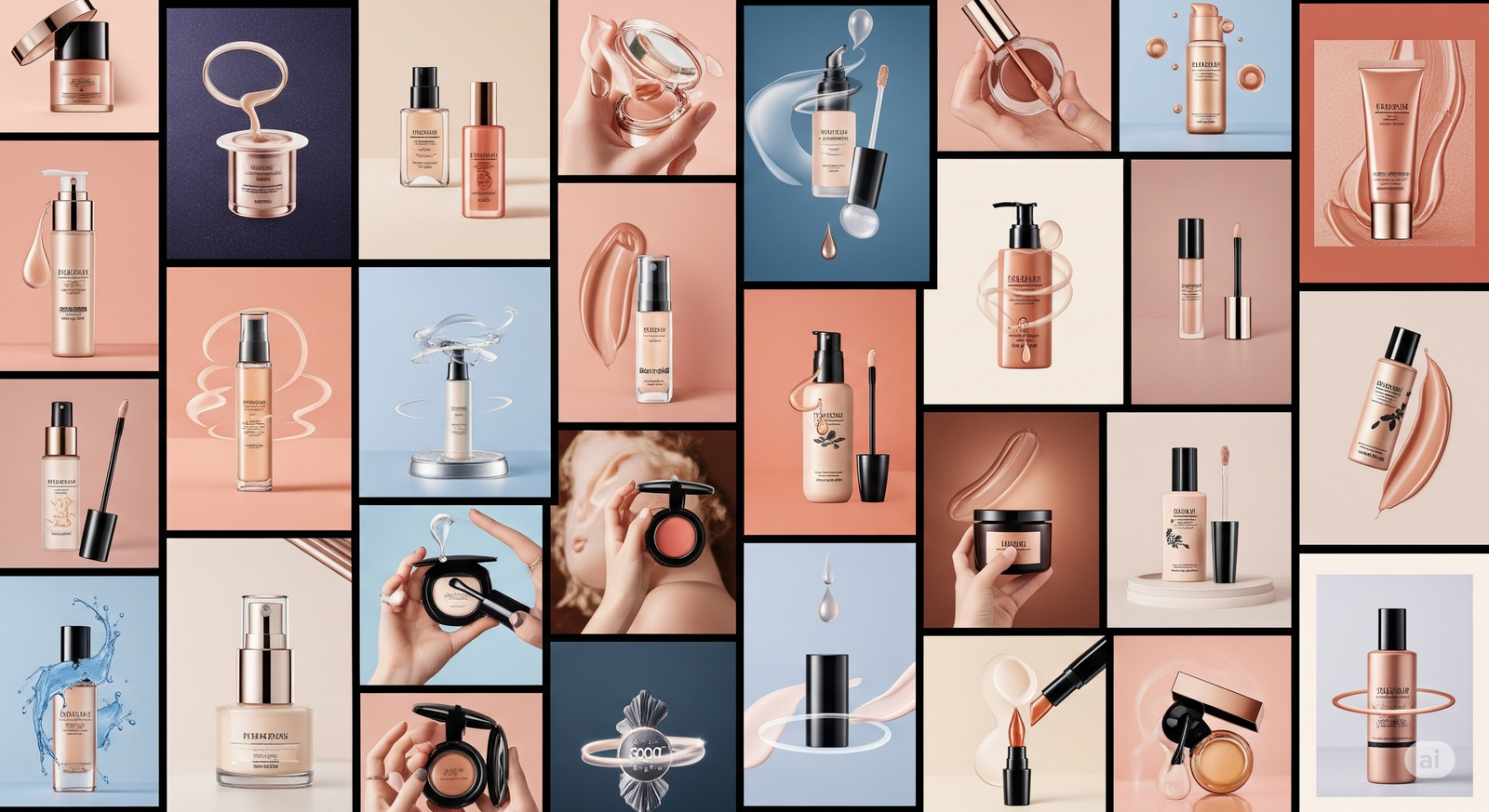
Not all movement works equally. In fact, the type of motion matters as much as the motion itself. Here’s what performs well in the beauty space:
1. Looped Texture Animations
These show off product behavior: how a gel spreads, a mist diffuses, a balm melts. They’re hypnotic and create tactile memory.
2. 360° Product Spins
Simple but effective. These give a sense of object permanence and detail, especially helpful for packaging-first or D2C brands.
3. Swipe Simulations
Great for skincare routines or before and after reveals. They mimic user interaction and increase time on post.
4. Drop Motions
Classic in the beauty world. A droplet falling slowly conveys hydration, care, and softness.
5. Zoom Transitions
Slow, deliberate zooms into product features or benefits help focus viewer attention without overwhelming.
The best performing beauty ads often mix two or three motion types into one short sequence telling a full product story in under 15 seconds.
Placement Matters: Where to Use Motion for Max Effect
To maximize ROI, use motion design for beauty brands strategically, not randomly. Some high-impact placements:
- Reels or Shorts: Natural home for looping texture and UGC-style motion
- Story Ads: Use vertical motion like rising mist or cap unscrewing
- Product Pages: Swap flat shots with texture reveals or animated transitions
- Email Headers: A cinemagraph of shimmer or gentle movement increases scroll-through
- Launch Campaigns: Introduce new drops with dynamic visuals that tease features
By aligning motion with purpose, you turn content into touchpoints and each one builds brand memory.
Common Motion Mistakes to Avoid
Even good brands miss the mark by overdoing or misusing animation. Here’s what to watch for:
- Too fast: Movement should soothe, not startle. Quick transitions feel jarring, not premium.
- Overcomplication: Every element doesn’t need to move. Simplicity with intention wins.
- No clear focal point: If the eye doesn’t know where to look, it looks away.
- Excessive overlays: Motion gets muddled when stacked with heavy text or graphics.
- Mismatch with tone: A calming serum doesn’t need flashing transitions. Match pace to product mood.
The Future Is Moving:
As platforms prioritize video-first formats and consumers grow more visually literate, motion will move from optional to essential.
Even small brands will need to integrate movement not just as decoration, but as a core part of how they communicate product value.
In a sea of static, movement gives your brand life. If done right, it doesn’t just catch attention, it earns it.
Final Thought: Move With Meaning
In beauty, success isn’t just about being seen, it’s about being felt. Motion lets your visuals breathe, speak, and connect.
So don’t animate just because everyone else is. Animate because your product deserves to be felt before it’s bought. That’s the true motion effect.
— By Niharika Paswan
Why Some Instagram Feeds Feel “Aesthetic” and Others Don’t
Discover why some beauty brands have an aesthetic Instagram feed that drives clicks. Learn brand feed planning tips to build a cohesive, high-converting grid.
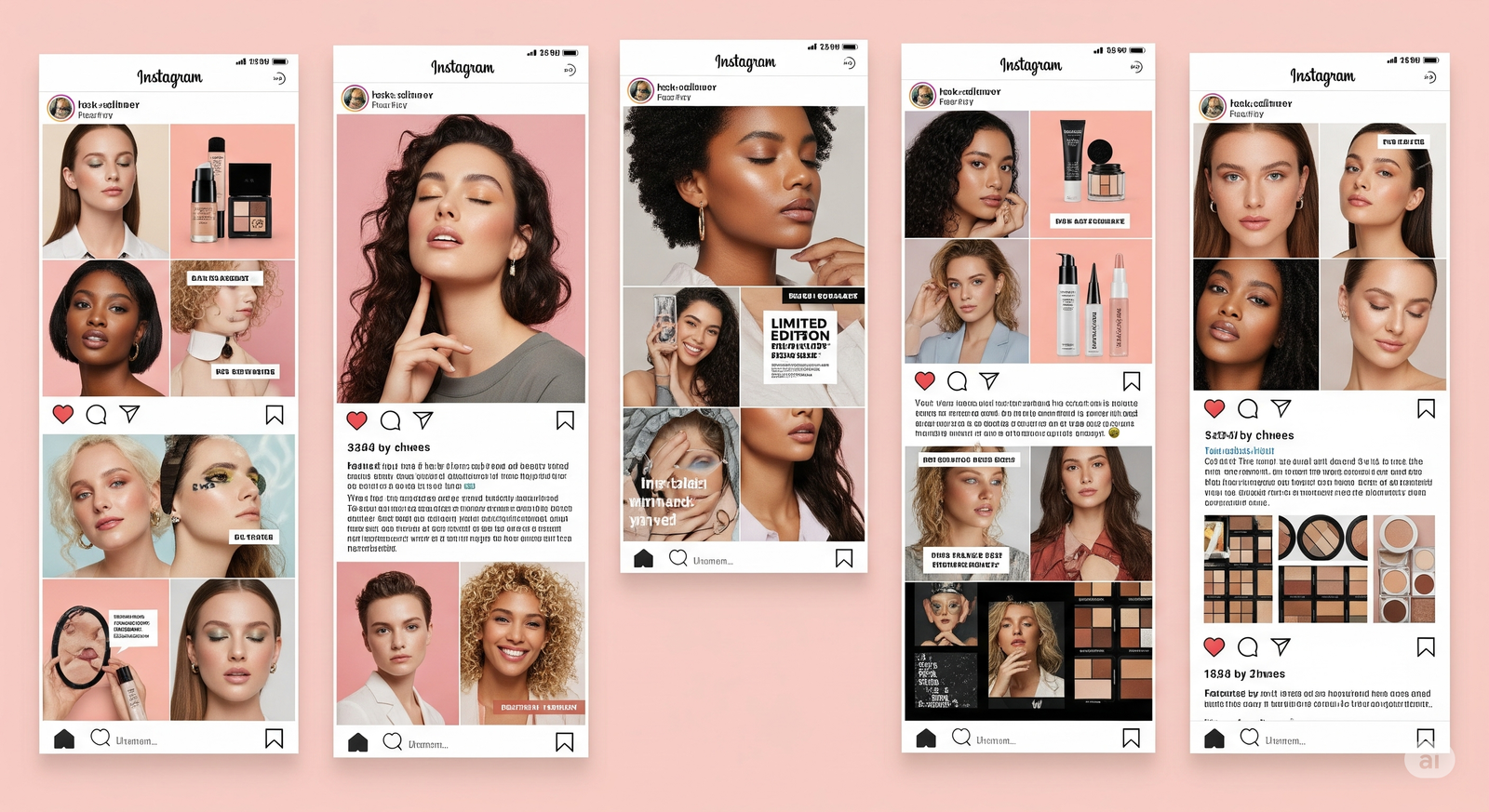
The Rise of Soft Fonts in Beauty Branding (And Why It Works)
Soft font packaging 2025 is reshaping beauty branding. Discover the psychology behind the beauty brand fonts trend and how Admigos aligns design with tone.
